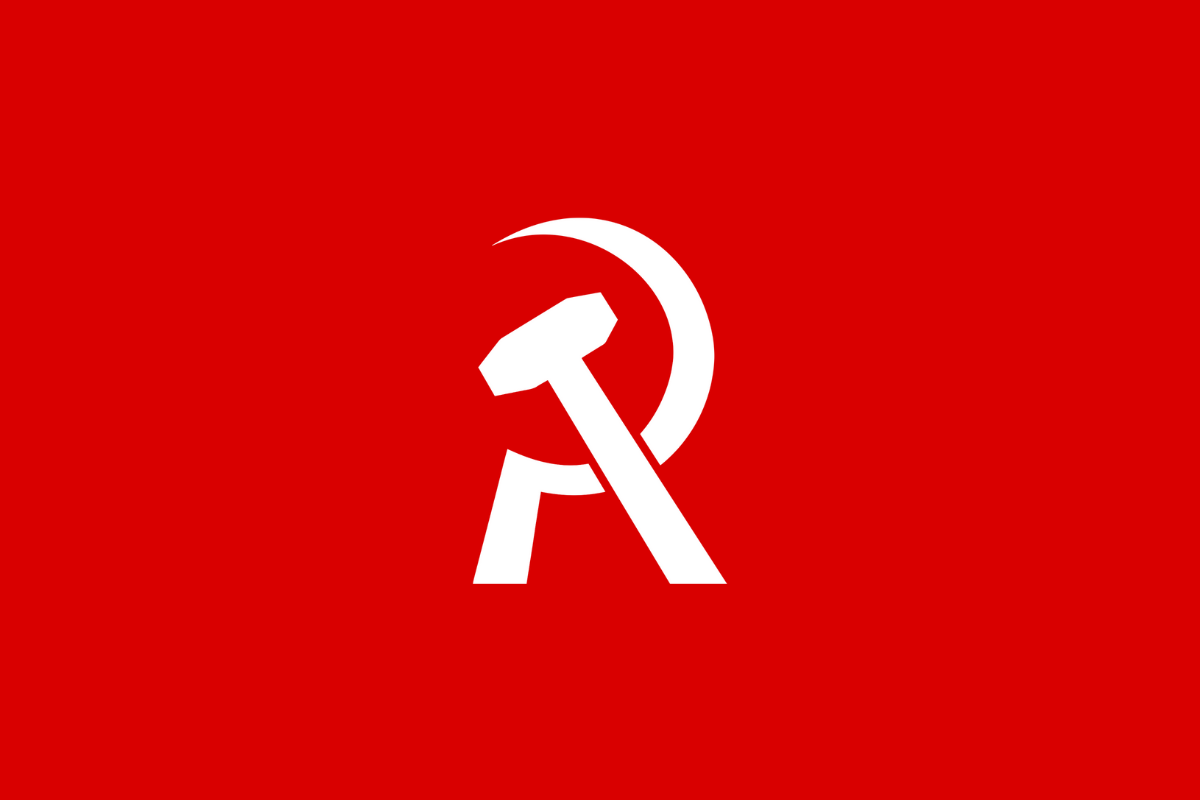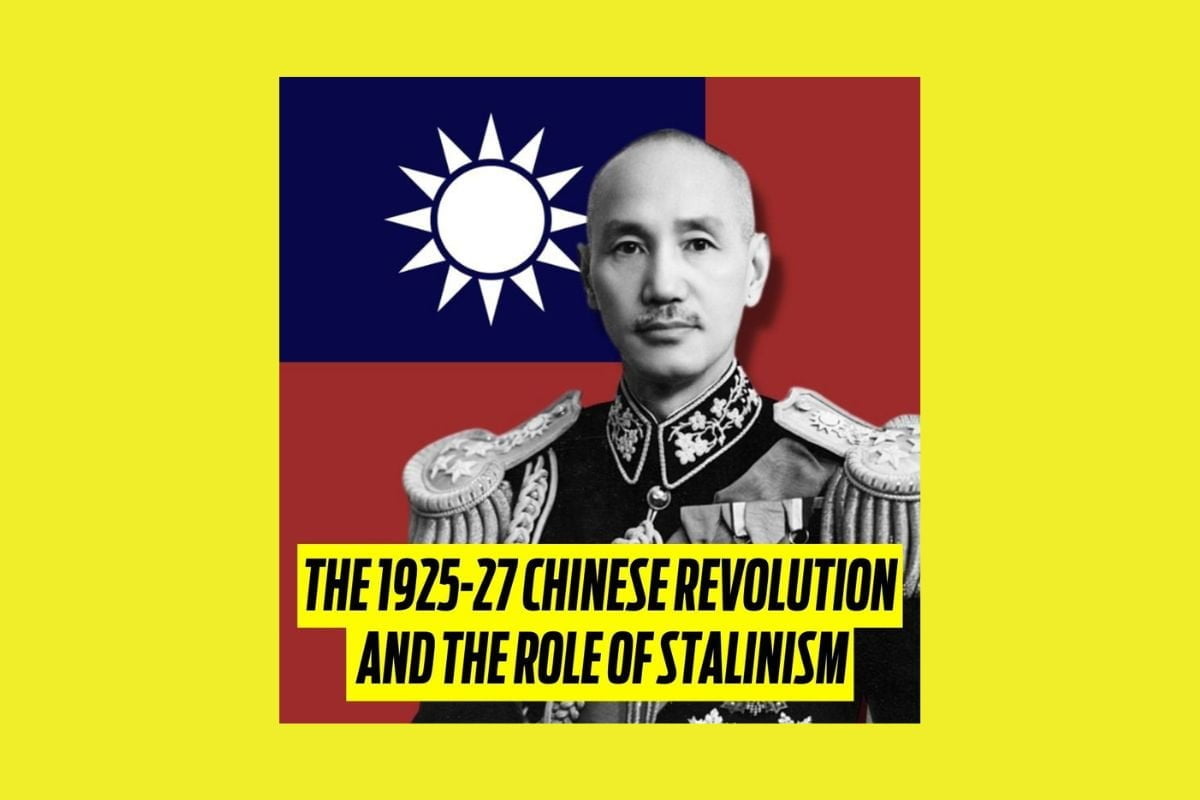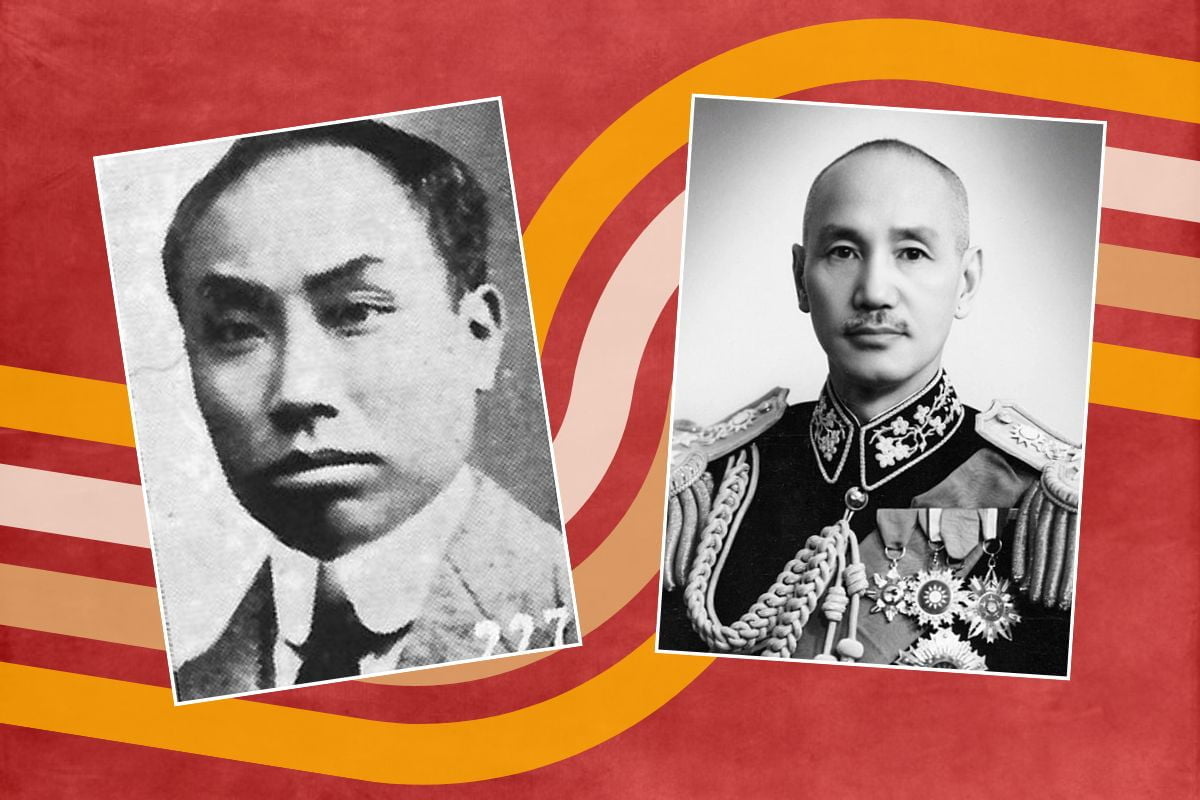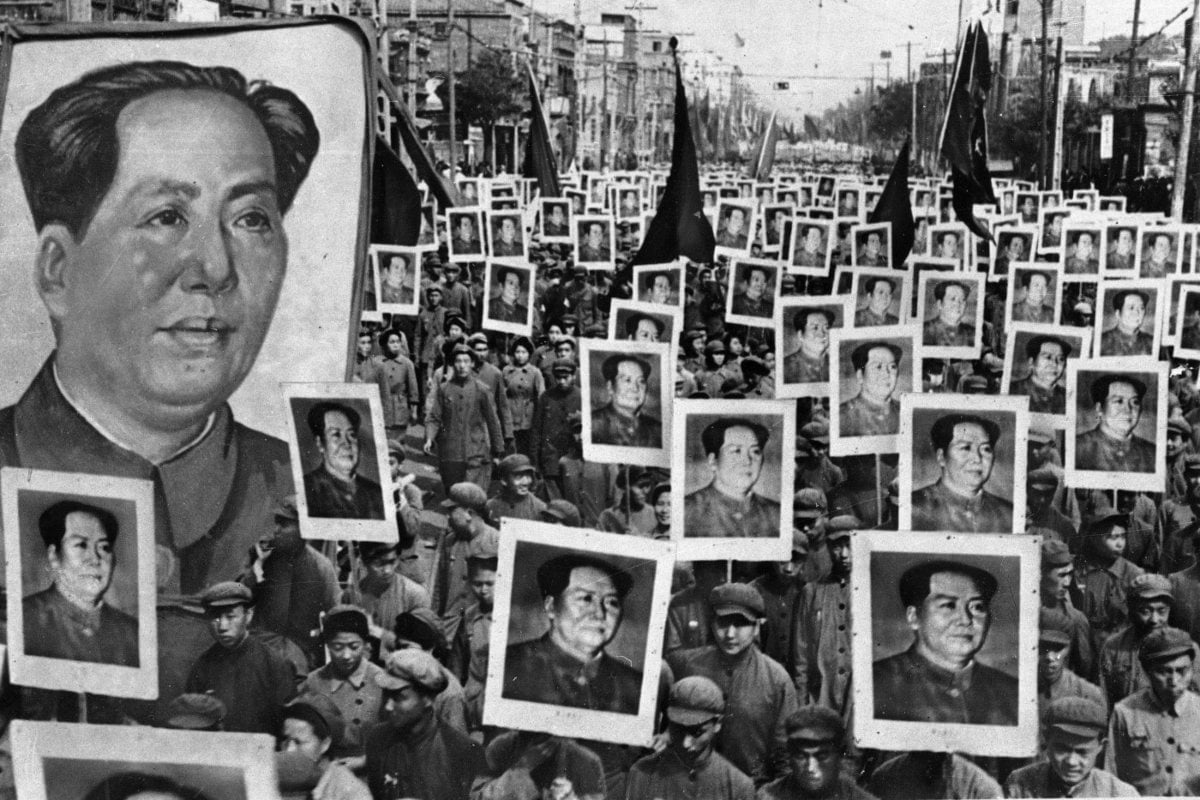Thirty years ago China embarked on a road that was eventually to lead to a return to capitalism. This opened up an important new market for world capitalism and was an important factor in avoiding a generalised global crisis after the 2008 economic collapse.
This title and many others are available from Wellred Books.
For a generation China had been the motor driving the capitalist system, but the methods it used to maintain growth after 2008 – massive credit and state spending – are now no longer working and have in fact become important factors in its present slowdown. This is now impacting enormously on the rest of the world economy which is still struggling to climb out of the previous crisis.
China’s massive productive capacity that provided huge profits for companies such as Apple is now greater than the world can consume under capitalism, and the country’s industrial growth is slowing down even more sharply. Official figures may claim the Chinese economy is still expanding, but it will no longer maintain even the existing poor living conditions.
The current overcapacity, best seen in the steel industry, threatens the world capitalist order. Steel in China is stockpiled by the thousands of tonnes and left to rust, hundreds of thousands of steelworkers are being made redundant and are returning to their villages to eke out a subsistence existence. Massive quantities of Chinese steel, costing less than the equivalent weight of cabbages, are dumped on the world market, ending steel production in Port Talbot and Redcar, warning other sectors of British industry of the fate awaiting them.
Faced with a capitalist crisis, the Chinese leadership (five of the seven members of the standing Committee of the Politburo being multi-millionaires) is attempting capitalist solutions. The yuan has been devalued to increase the attraction of Chinese goods, mirroring the protectionist actions of the 1920s that promoted the Great Depression, which only ended with World War II. The world is heading for a very turbulent period, especially in terms of class struggle and social explosions.
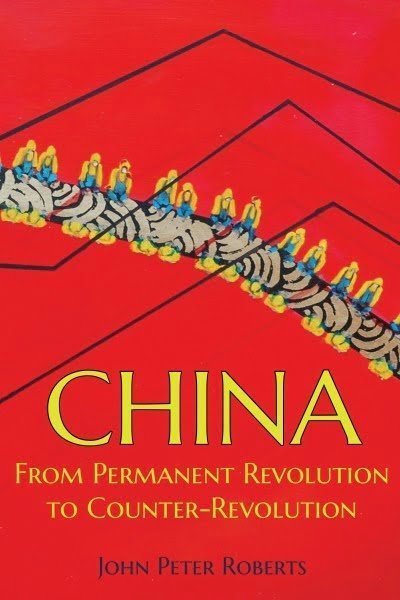 But how to understand the course of events within China? China, from Permanent Revolution to Counter Revolution, using newly available sources, charts the development of the Communist Party of China (CPC) from its founding, to the taking of power, establishing a (deformed) workers’ state and, finally, reintroducing capitalism.
But how to understand the course of events within China? China, from Permanent Revolution to Counter Revolution, using newly available sources, charts the development of the Communist Party of China (CPC) from its founding, to the taking of power, establishing a (deformed) workers’ state and, finally, reintroducing capitalism.
The book demonstrates that, at its assumption of state power in 1949, the CPC was a thoroughly bureaucratised Stalinist Party, with the bureaucracy placing its own caste interests before those of the Chinese people.
It provides essential information on what actually happened in the build-up to 1949 and thereafter, showing how a Stalinist party, formally adhering to bourgeois democracy was forced to rapidly abolish capitalism, thus brilliantly confirming Trotsky’s theory of the Permanent Revolution, albeit in a deformed manner.
The immense progress of the working masses, seen for example, in the field of women’s liberation, a key indicator of the advancement of working people, is shown in the book. However, it also reveals how a workers’ state, whilst having the required economic base, i.e. a nationalised planned economy, if devoid of any soviet democracy, or means for workers to exercise state or governmental power is, as Leon Trotsky foretold, eventually destined for crisis.
This book argues that China’s return to capitalism did not begin as a conscious choice but was an empiric move to overcome economic and social difficulties. Revealing how initially, the CPC policy was similar to the Bolsheviks’ New Economic Policy of the early 1920s, which made some concessions to market methods in order to ignite the Russian economy. For the relatively healthy Russian workers’ state to adopt such policies was one thing; the results were very different when the Chinese privileged bureaucratic elite embraced the same policy in their own interests.
Using material published by the CPC, this book confirms Trotsky’s perspective developed in The Revolution Betrayed, that one way in which the return to capitalism could take place, i.e. counter-revolution, could be through the “Communist Party” as the privileged bureaucracy sought to protect their privileges and to bequeath them to their offspring. Thus the title of this book encapsulates the essence of 90 years of Chinese history, exposing what really happened.
Chinese workers are already engaged in massive strikes and demonstrations against unemployment and worsening working conditions. Inevitably, they will seek an alternative to the CPC and will begin by consulting their own history. They will need to unearth the truth, now buried under a mountain of official mythology. This book is an excellent starting point.

